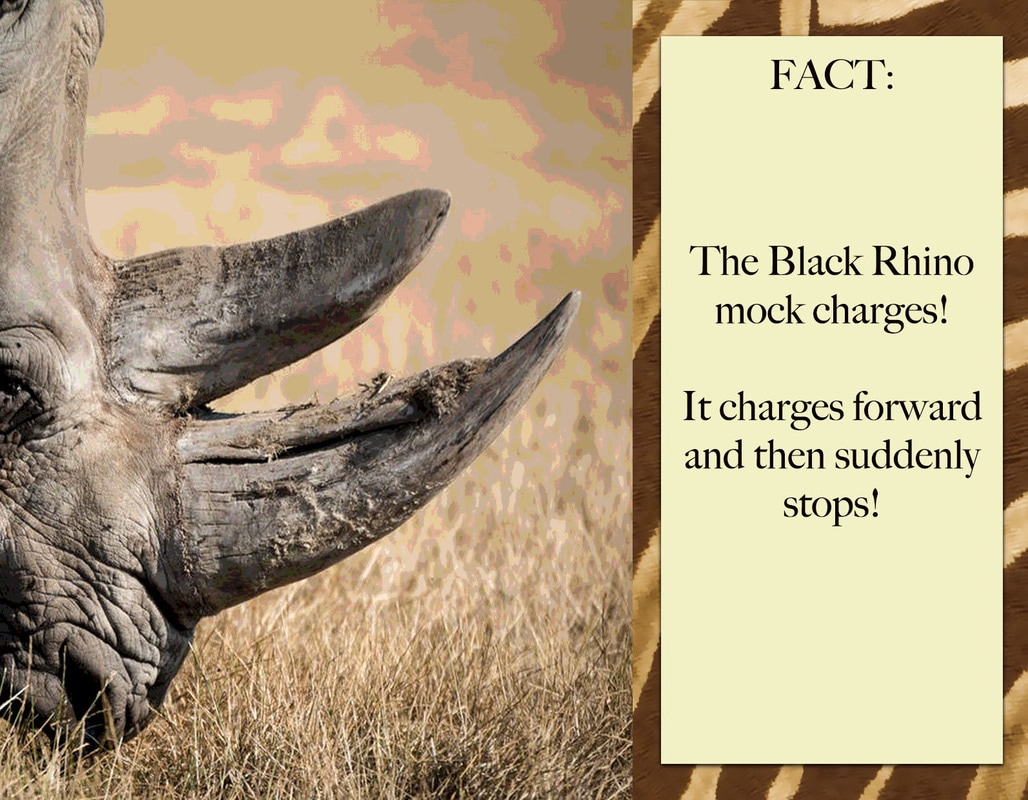

However, biomechanical studies indicate that they probably couldn't gallop like rhinos. Many reconstructions of these large herbivores allude to them being prehistoric equivalents of rhinos, charging at predators and fending them off with their horns. Perhaps it's the fact that rhinos are inevitably compared with the ceratopsid or horned dinosaurs of the Late Cretaceous period.


Indian rhinoceros ( Rhinoceros unicornis)
#Prehistoric rhinoceros species skin#
The wrinkles, bumps, and folds of skin seen on some rhino species, which make them appear as if they are armour-plated, does also possibly contribute to that perception. Maybe it's because when compared with other herbivores such as zebra and gazelles, which rely on being fleet of foot to survive, a rhino, which often considers a good offense to be the best form of defence, might seem positively archaic in comparison, a supposed anachronism in an era where we seem to equate speed with sophistication. Perhaps it's their lumbering size and fearsome weaponry, although one then wonders why elephants don't get saddled with such a label. There are many who state that rhinos are " prehistoric-looking", although I'm not sure what exactly that means. It is the rhinos that I want to focus on for these next few posts.īut first, it's important to put an end to a statement that I've often seen being used to describe rhinos. The 4 extant species of tapir make up the Tapiridae.Īnd the final surviving family of perissodactyls is the Rhinocerotidae, comprising 5 species of rhinoceros. All surviving equids have only 1 digit on each limb. There is the Equidae, encompassing the 7 species of horse, ass, and zebra. They were once a highly diverse group, but are now represented by only 3 families, each quite distinct and dissimilar from one another: The other group is the Perissodactyla, or odd-toed ungulates these have 3 digits on each limb, and in the case of 1 group, only a single toe remains.

(Photos by viva300, Pigsaw, Meddaugh Photography, dfg photography, safari-partners, rlw5663, gentle lemur, Radha Rangarajan, and Robert-Bannister) Middle row (left to right): Tragulidae: Lesser mousedeer ( Tragulus kanchil) Giraffidae: Giraffe ( Giraffa cameleopardalis) Antilocapridae: Pronghorn ( Antilocapra americana) Moschidae: Siberian musk deer ( Moschus moschiferus) īottom row (left to right): Cervidae: Chital ( Axis axis) Bovidae: American bison ( Bison bison) Top row (left to right): Camelidae: guanaco ( Lama guanicoe) Suidae: ( Sus scrofa) Tayassuidae: collared peccary ( Pecari tajacu) Hippopotamidae: Hippopotamus ( Hippopotamus amphibius) Cattle, sheep, goats, antelope, deer, giraffes, camels, pigs, hippopotamus are all classified as artiodactyls, and a growing body of fossil and genetic evidence reveals that surprisingly enough, whales too belong to this group, despite their current lack of hooves.Ī selection of species representing the 10 families traditionally classified under the Artiodactyla (the additional 14 families of whales, which are now thought to be aquatic artiodactyls closely related to hippos, are not pictured) Where it comes to traditional classifications of hoofed animals, there are 2 main groups: there are the artiodactyls or even-toed ungulates, which typically have hooves with an even number of toes, usually 2 or 4.
#Prehistoric rhinoceros species series#
While it seems that rhinos were not historically present in Singapore (except as captive specimens), I am particularly fond of rhinos, and have decided to do a series of post in the days leading up to World Rhino Day. It is a day to highlight the ongoing poaching crisis that continues to threaten the survival of all 5 species of rhino, and to push for greater action to put an end to the needless killing over fallacious claims of rhino horn possessing medicinal properties. This coming Saturday, 22nd September, will be World Rhino Day. (Photo by International Rhino Foundation) Sumatran rhinoceros ( Dicerorhinus sumatrensis)


 0 kommentar(er)
0 kommentar(er)
